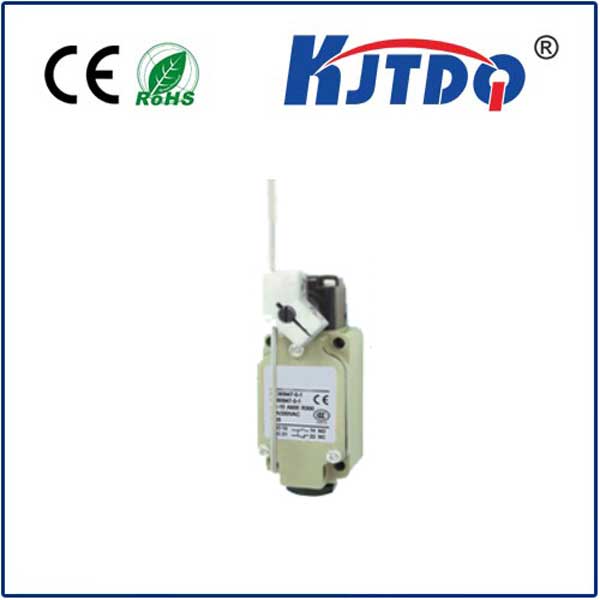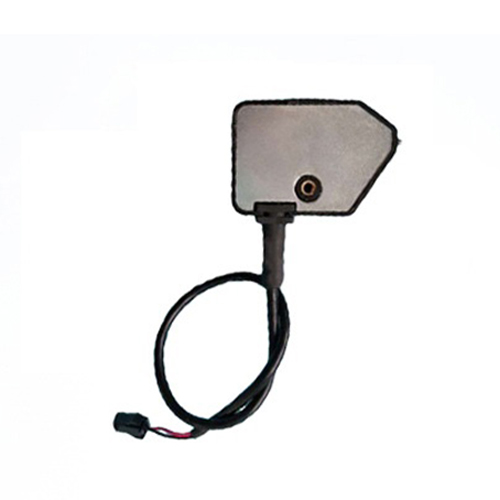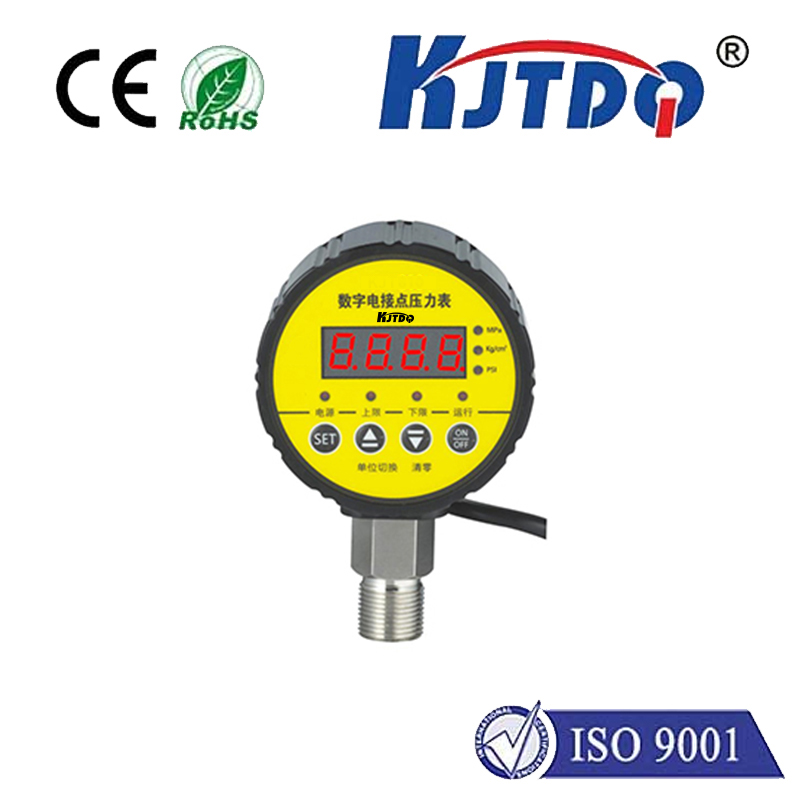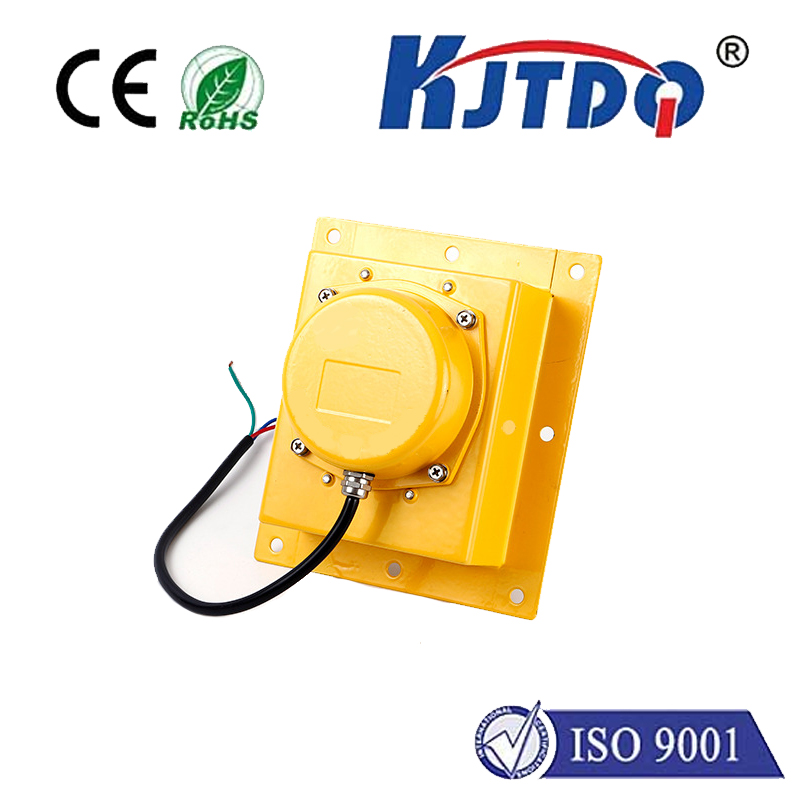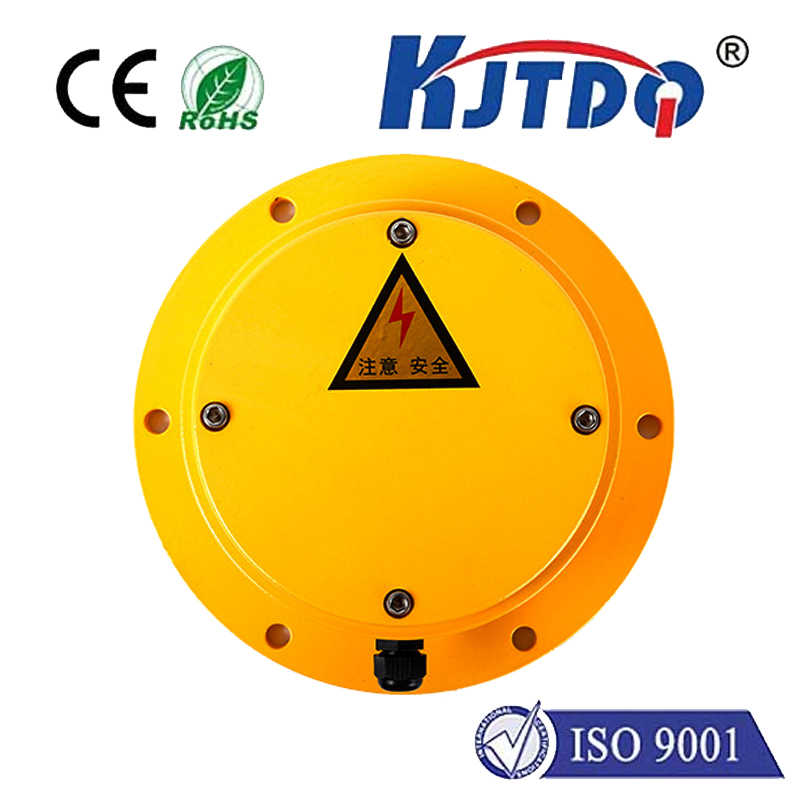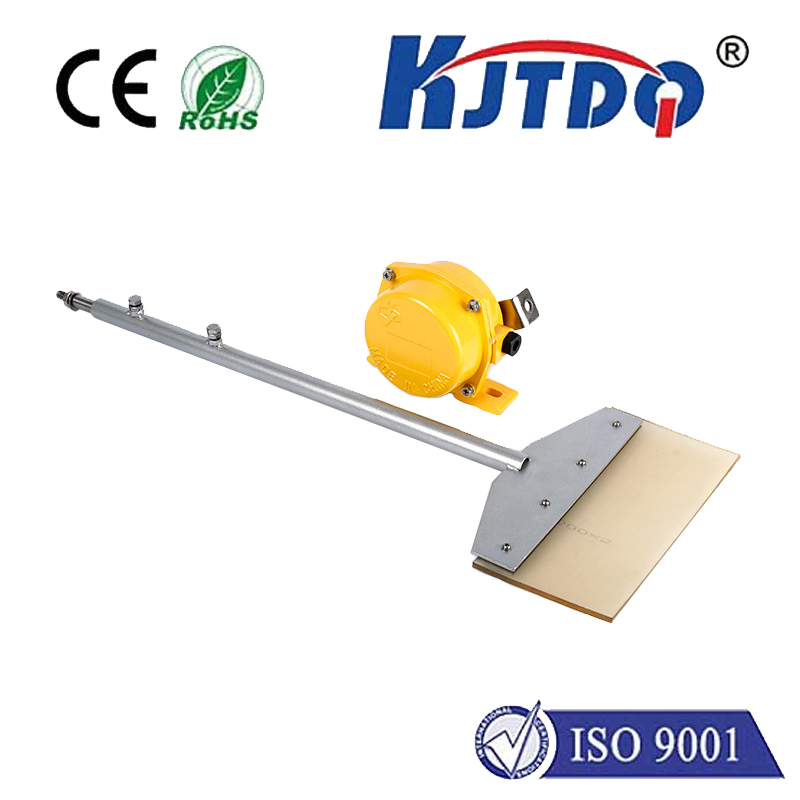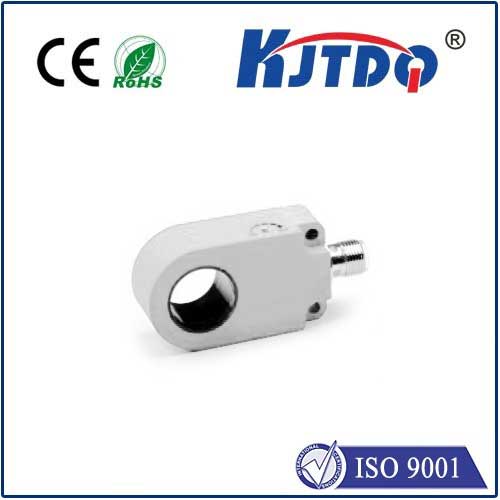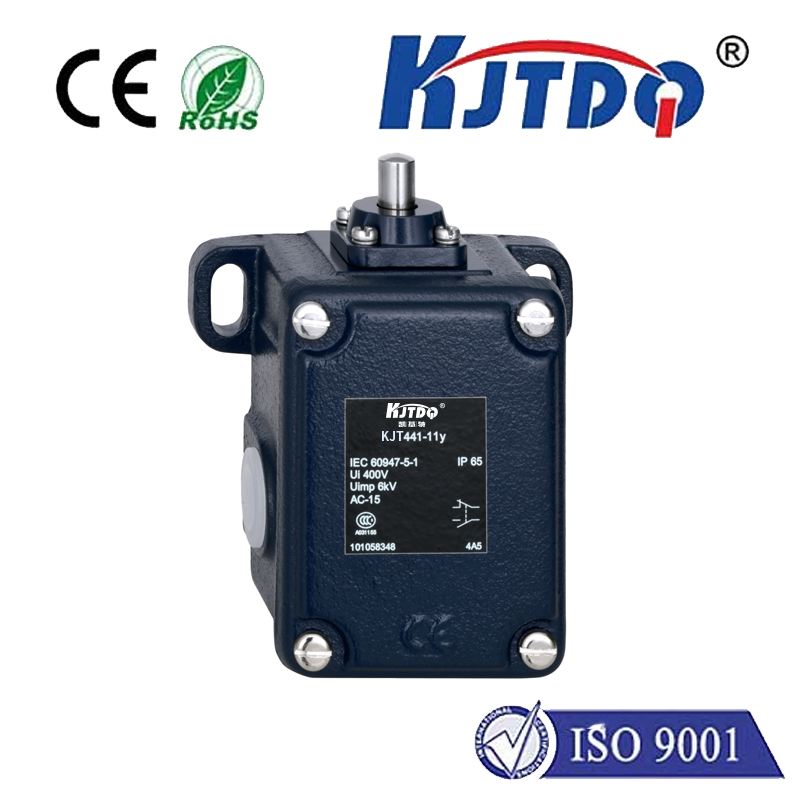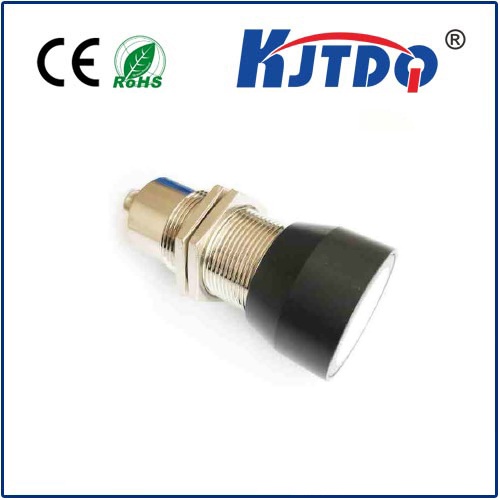Imagine a device so small it sits on the tip of your finger, yet it can detect minute pressure changes that influence everything from medical implants to aircraft safety. This isn’t science fiction—it’s the reality of micro pressure sensors. These compact marvels have quietly emerged as indispensable components across industries, enabling unprecedented precision in environments where traditional sensors fall short. By packing sophisticated technology into ultra-small packages, they’re not just measuring pressure; they’re pioneering innovations that blur the lines between science and everyday life. Let’s explore how these tiny titans work, their game-changing applications, and why they’re shaping the future of sensing technology.
At their core, micro pressure sensors function by converting physical pressure into electrical signals, leveraging principles rooted in microelectromechanical systems (MEMS) technology. This process typically involves a thin diaphragm that flexes under pressure, altering the resistance or capacitance in embedded circuits. For instance, when pressure increases, the diaphragm deflects, causing measurable changes in voltage or current that are amplified and processed by integrated chips. Key advantages include their miniature size, often just millimeters across, which allows seamless integration into compact devices without compromising accuracy. Unlike bulkier alternatives, these sensors offer high sensitivity and low power consumption, making them ideal for battery-operated gadgets where energy efficiency is crucial. As a result, they’re rapidly replacing older models in fields demanding portability and reliability.

The applications of micro pressure sensors are vast and growing, spanning multiple sectors where pressure measurement is critical. In healthcare, they’re revolutionizing patient care through implantable devices like pacemakers and ventilators, where they monitor blood pressure or respiratory functions with pinpoint accuracy, enabling real-time adjustments that save lives. Industrial automation relies heavily on these sensors for processes such as leak detection in pipelines or pressure monitoring in manufacturing equipment, ensuring safety and operational efficiency. For example, in automotive systems, they optimize fuel injection and tire pressure monitoring systems (TPMS), contributing to smoother rides and reduced emissions. Their robustness in harsh environments—from high-temperature industrial settings to underwater exploration—further underscores their versatility, with key players like automotive giants and aerospace firms adopting them to enhance performance and compliance with stringent regulations.
Moreover, micro pressure sensors excel due to their unique benefits, which stem from advanced fabrication techniques. The use of silicon-based MEMS allows for mass production at lower costs while maintaining high precision, making them accessible for consumer electronics like smartphones and wearables. Significantly, they offer improved reliability and longer lifespans compared to legacy systems, minimizing maintenance needs and reducing downtime in critical applications. Innovations such as wireless connectivity have also emerged, enabling data transmission for IoT devices where seamless monitoring is essential. Despite these strides, challenges like susceptibility to environmental interference or calibration drift persist, driving ongoing research in materials science and signal processing to boost resilience. This continuous improvement cycle ensures that micro pressure sensors remain at the forefront of pressure measurement evolution.
Looking ahead, the future of micro pressure sensors is poised for exponential growth, fueled by trends like AI integration and miniaturization advances. Emerging smart cities and wearable tech will increasingly depend on these sensors for environmental monitoring, such as tracking air quality in urban areas, while biomedical advancements could lead to non-invasive diagnostic tools that predict health issues before symptoms arise. Sustainability is another key driver, as industries push for energy-efficient solutions that align with global green initiatives, positioning micro pressure sensors as vital tools for reducing waste and improving resource management. As innovations unfold, expect to see broader adoption in niche areas, underscoring their transformative potential in an interconnected world. (Word count: 856)
